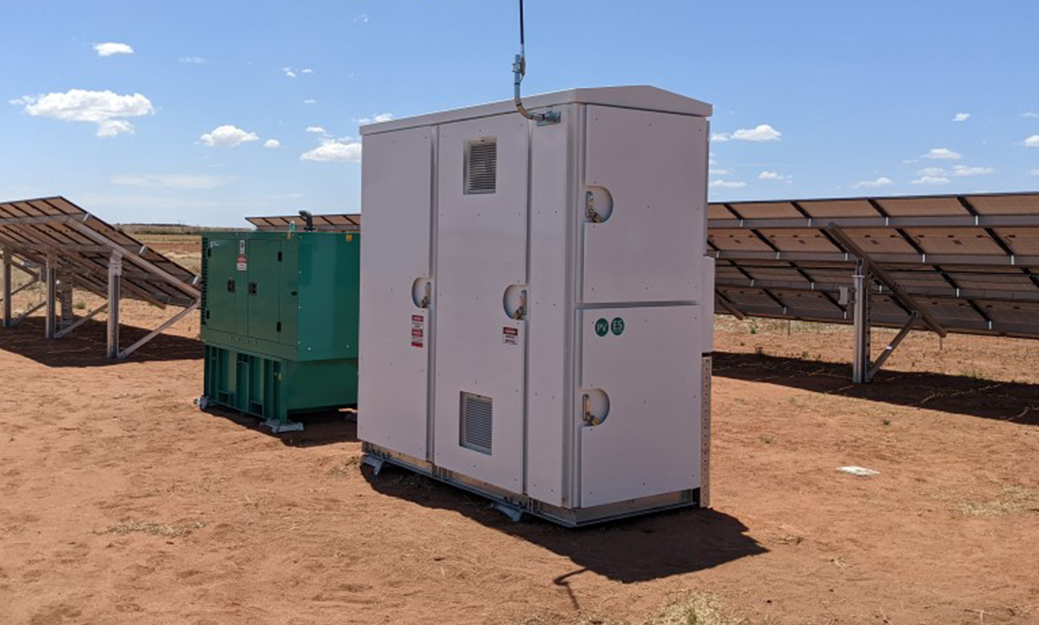Microgrids and Stand-Alone Power Systems (SAPS) are both decentralized energy solutions.
In summary, both microgrids and stand-alone power systems offer solutions for decentralized and resilient energy generation and distribution. Microgrids are typically connected to the main grid but can operate independently when needed, whereas stand-alone power systems are completely isolated from the grid. Both systems play essential roles in improving energy access, reliability, and sustainability, depending on the specific application and requirements.
Here’s an overview of both concepts:
Microgrids
A microgrid is a small-scale, localized energy system that can operate either connected to the main grid or autonomously as an islanded system. It integrates various distributed energy resources (DERs) such as solar panels, wind turbines, batteries, and backup generators.
Main characteristics:
Resillience
Microgrids can operate autonomously during grid outages, providing a reliable power source for critical infrastructure like hospitals, military bases, and remote communities.
Renewable Energy Integration
Microgrids often incorporate renewable energy sources, promoting sustainability and reducing greenhouse gas emissions.
Energy management
Advanced control systems and software manage the flow of electricity within a microgrid, optimizing energy use and minimizing costs.
Grid support
Microgrids can provide grid support services, such as peak shaving and frequency regulation, when connected to the main grid.
Applications:
Remote communities
Microgrids can bring electricity to remote areas where grid access is impractical or too costly.
Industrial facilities
Microgrids enhance energy reliability for critical industrial operations.
Military bases
They improve energy security and reduce dependence on external power sources.
Urban areas
Some cities implement microgrids for localized energy resilience and renewable energy integration
Stand-Alone Power Systems (SAPS)
Stand-alone power systems, also known as off-grid systems, are completely independent of the main electrical grid. They generate, store, and distribute electricity locally, often using renewable energy sources and batteries.
Main characteristics:
Isolation
SAPS operate independently of the main grid, making them suitable for remote locations or areas with unreliable grid access.
Energy storage
Battery systems are typically a crucial component of SAPS, allowing for energy storage when renewable resources are unavailable.
Diesel generators
In some cases, SAPS may include diesel generators as backup power sources during extended periods of low renewable energy generation.
Energy management
Advanced energy management systems are used to optimize the use of available energy sources and ensure reliability.
Applications:
Remote homes and cabins
SAPS are used in rural and off-grid residences.
Telecommunications
They provide power for remote cell towers and communication infrastructure.
Agriculture
SAPS can support off-grid agricultural operations and irrigation.
Mining and explorations
Remote mining sites often rely on SAPS for power supply.


